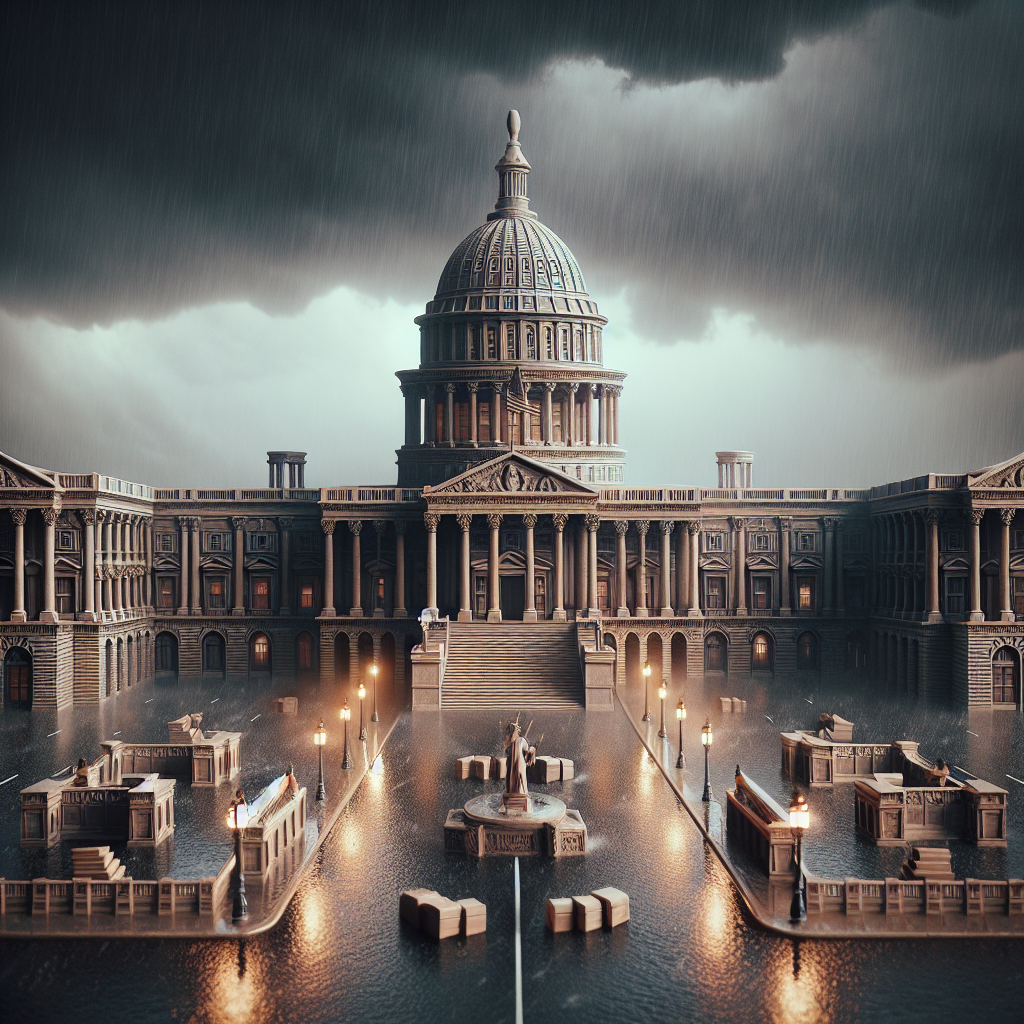Political Stalemate: The U.S. Government Shutdown Crisis
The U.S. Senate is set to vote on plans to end the government shutdown, now in its third day. Efforts for a resolution remain stalled, with Democrats and Republicans at odds over pandemic healthcare subsidies. The shutdown impacts millions, halting various federal operations and affecting workers' pay.

The United States Senate is poised for a critical vote this Friday as the government shutdown enters its third day, with neither Democratic nor Republican proposals showing signs of success. Both parties have spent recent days trading blame for failing to secure government funding beyond the end of the fiscal year on October 1.
Central to the deadlock is the Democrats' push for any funding bill to include an extension of pandemic-era healthcare subsidies, set to expire in December. Republicans argue that this healthcare issue should be handled separately from budget discussions.
President Donald Trump has escalated tensions by freezing substantial funds allocated to states favoring Democrats and threatening further federal workforce reductions. The ongoing shutdown has already disrupted significant federal functions and could soon impact air travel, food aid, and federal court operations if unresolved by mid-October.
Despite repeated Senate rejections of both parties' proposals, Friday's vote remains a pivotal opportunity as lawmakers continue to explore a bipartisan compromise. However, trust deficits persist, particularly among Democrats seeking assurance on healthcare commitments supporting 24 million Americans.
(With inputs from agencies.)










